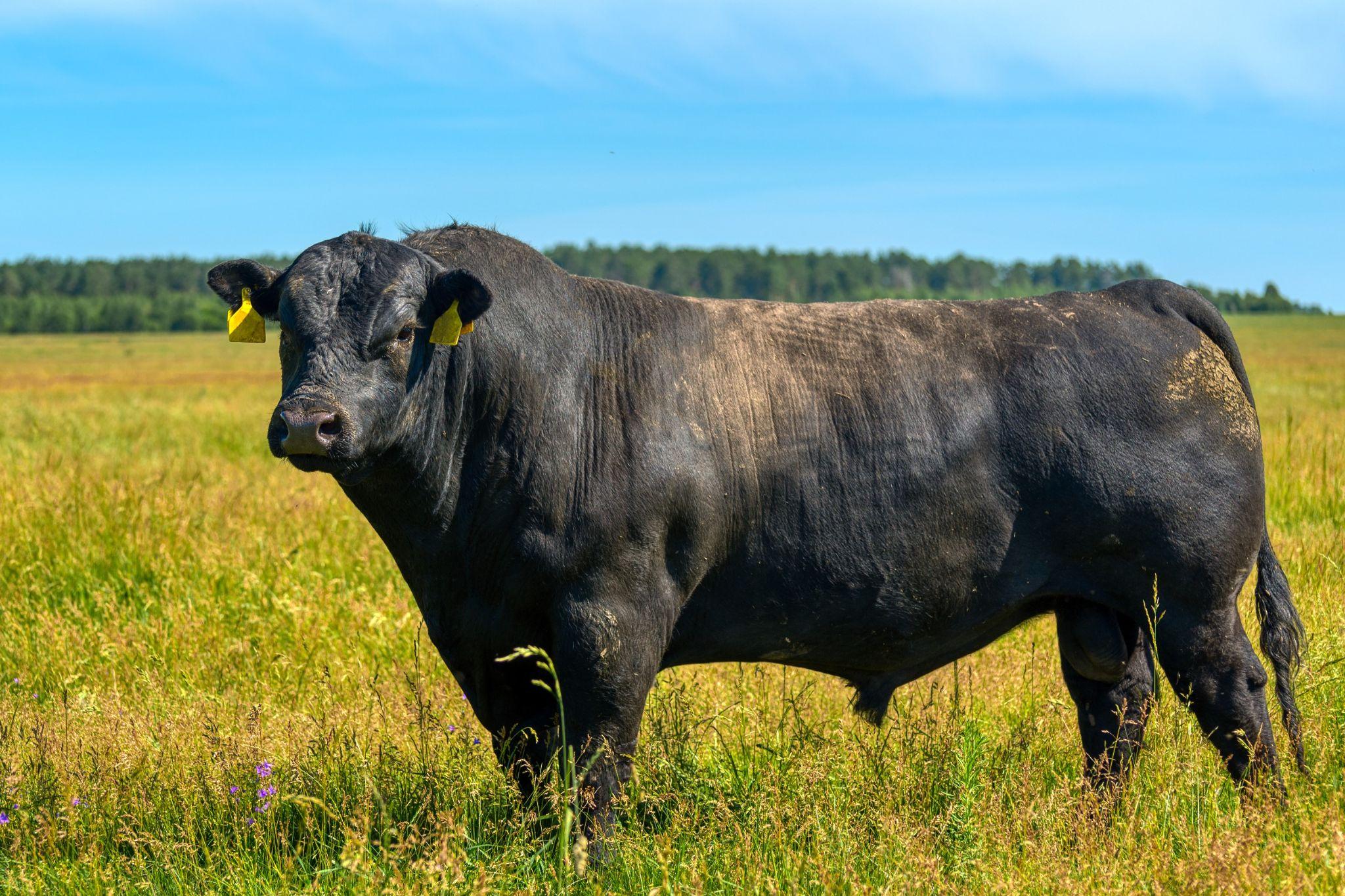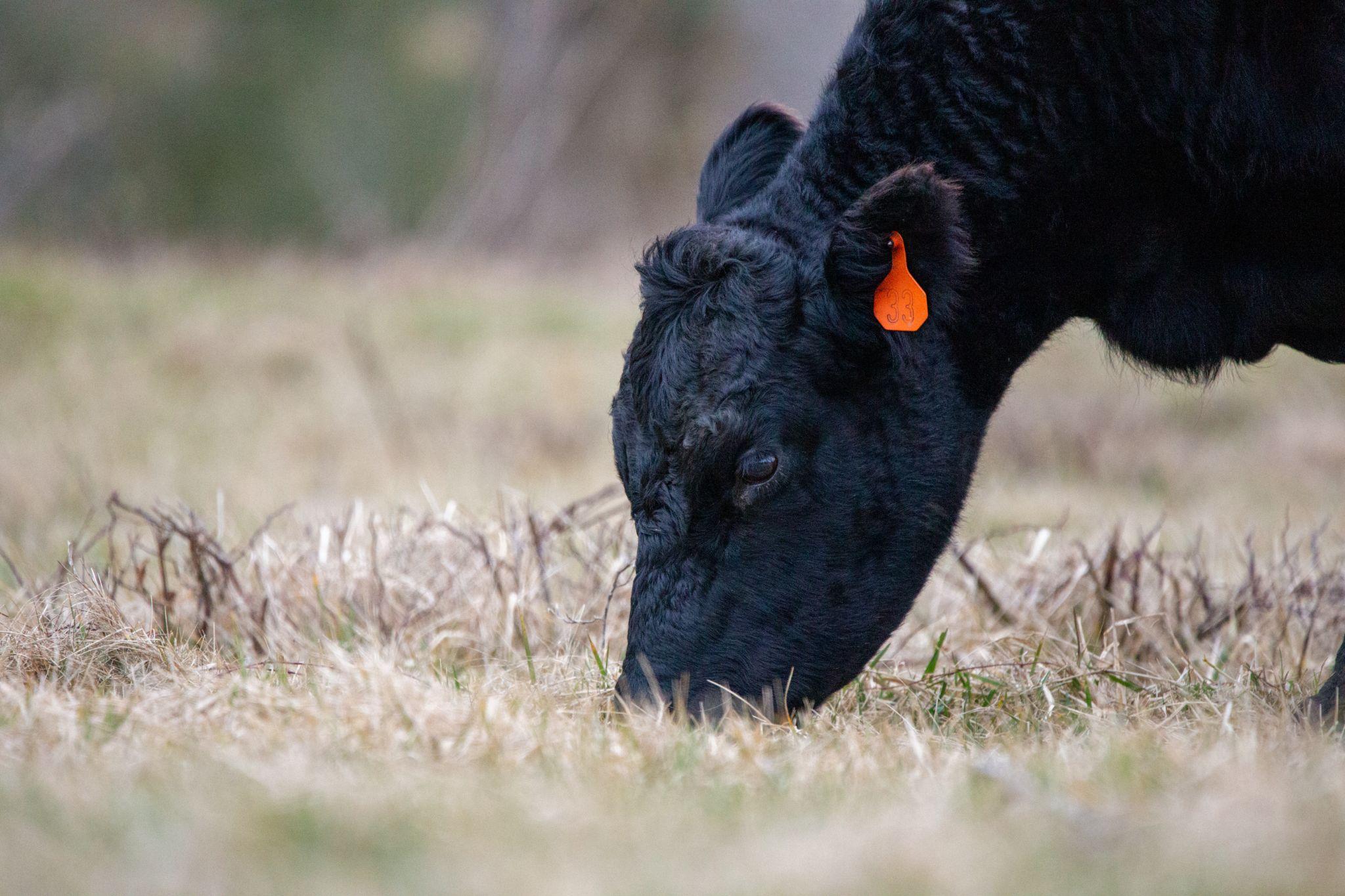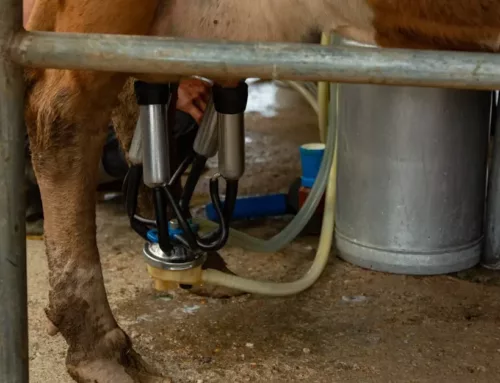Data-Driven Herd Management: Turning Insights into Profitable Practices

Ranching requires meticulous planning and strategic management to ensure consistent profits. Read on to explore data-driven herd management that can help you optimize your operations and achieve profitability.
Tips on Profitable Herd Management
Let’s take a closer look at what kinds of data you might need when setting up your profitable beef herd operations.
Selecting Your Focus
The initial step in embarking on a beef cattle venture is determining the specific type of animals you intend to raise. This choice should be a direct reflection of the available markets for selling beef cattle, as well as a consideration of your operations’s resources and your individual goals as a producer. So, the data you gather from market research plays an important role from the very beginning.
Beef cattle can serve two primary purposes: meat production or generating seed stock for breeding. The intended markets often define what breeds are most suitable for your operation. Some producers opt to breed female cattle to produce calves that can be sold as breeding stock or for the meat market. Others may choose to purchase feeders and nurture them until they reach the desired market weight.
Begin by making the decision between raising purebred or commercial stock. A purebred operation often comprises registered animals that can also be marketed through purebred sales. A commercial operation, on the other hand, may involve unregistered purebred animals or crossbred specimens. Crossbred animals offer the advantage of hybrid vigor, such as faster growth rates for crossbred calves or increased milk production from crossbred females.
Choosing a Breed
Each livestock breed possesses distinct traits. Breed associations can offer insights into these traits and assist in narrowing down the choice of breed or breeds that best suit your operation. Beef cattle breeds are typically categorized into maternal (cow) and terminal (sire) breeds. Maternal breeds are usually of moderate size and are known for their ability to rear robust and healthy calves. Conversely, terminal breeds are generally larger and are commonly raised for meat production. Alongside these primary classifications, there are also composite breeds of cattle.
Composite breeds consist of a blend of maternal and terminal breeds, often aimed at producing offspring tailored for specific environments or markets. While many producers incorporate both maternal and terminal breeds into their systems, composite breeds have been formally established and are recognized based on their pedigree.
The decision of which focus to pursue is a pivotal one that lays the foundation for a successful and thriving beef cattle enterprise. By aligning your choice with market dynamics, available resources, and your unique objectives, you set the stage for a productive and prosperous farming endeavor.
Defining the Calving Season
While the goal of having a calf from every cow each year may seem straightforward, achieving this target necessitates careful attention to breeding and calving seasons. Establishing a well-defined calving period, typically spanning 60 to 90 days, yields multifaceted benefits.
Let’s take a look at these in more detail:
Uniformity for Marketing
A controlled calving season enhances the uniformity of your cattle, making them more attractive for marketing. This consistency allows you to market larger groups of calves that appeal to feeders and potential buyers.
Reproductive Health
Allowing your breeding herd adequate time to recover before re-breeding improves their reproductive health. This, in turn, increases the likelihood of successful pregnancies and reduces the risk of calving-related complications.
Labor Efficiency
A focused calving season reduces labor demands as calving and management tasks are concentrated within a defined timeframe.
Weaning Weights
Uniform calving dates lead to more consistent weaning weights, which can positively impact the overall productivity of your herd.
Accurate Timing
A well-planned calving season enables the precise timing of vaccinations and other essential management practices.
Keeping Records
In the world of ranching, data is your ally. The value of meticulous record-keeping cannot be overstated, especially for smaller herds. Each animal is an asset, and by keeping detailed records, you can identify and address issues that may hinder your herd’s productivity.
Identifying Underperformers
Recording maternal behavior, conformation abnormalities, and dystocia incidents during calving helps pinpoint cows that may not be contributing optimally. This information lets you make informed culling decisions and prevent undesirable genetics from spreading within your herd.
Temperament and Performance
Tracking temperament, calving ease, and calf performance provide insights into which animals are thriving and which might be problematic. This data-driven approach empowers you to make informed culling decisions that enhance the future of your herd.
Harnessing the Power of Data
In an era where information is power, leveraging genetic samples and data analysis can be a game-changer for your herd management practices. The AgBoost platform exemplifies the potential of data-driven decision-making by translating genetic information into actionable insights.
Informed Breeding
Armed with knowledge about your animals’ genetic potential, you can make well-informed breeding choices that align with your herd’s goals. This precision helps you avoid unnecessary costs and optimize your herd’s genetic diversity.
Nutrition and Management
The data-driven approach extends beyond breeding. It assists in tailoring nutrition and management practices to the specific needs of individual animals, ensuring optimal growth and performance.
Sustainability and Success
By integrating genetic insights with within-herd production data, you create a holistic view of your operation. This synergy enhances the sustainability and success of your cattle venture.
There’s plenty of data that you need to take into account to manage your beef cattle herd profitably. You should analyze the market trends to choose the best focus and breeds for your farm. Additionally, you should also closely observe your herd and environment to determine the best calving season to achieve such benefits as uniformity for marketing and labor efficiency. Not only should you keep meticulous records for effective culling, but you also need them to make informed breeding and nutrition decisions.
AgBoost is here to assist you every step of the way with our ground-breaking platform. Contact us today if you are ready to turn beef herd management into a profitable business.



